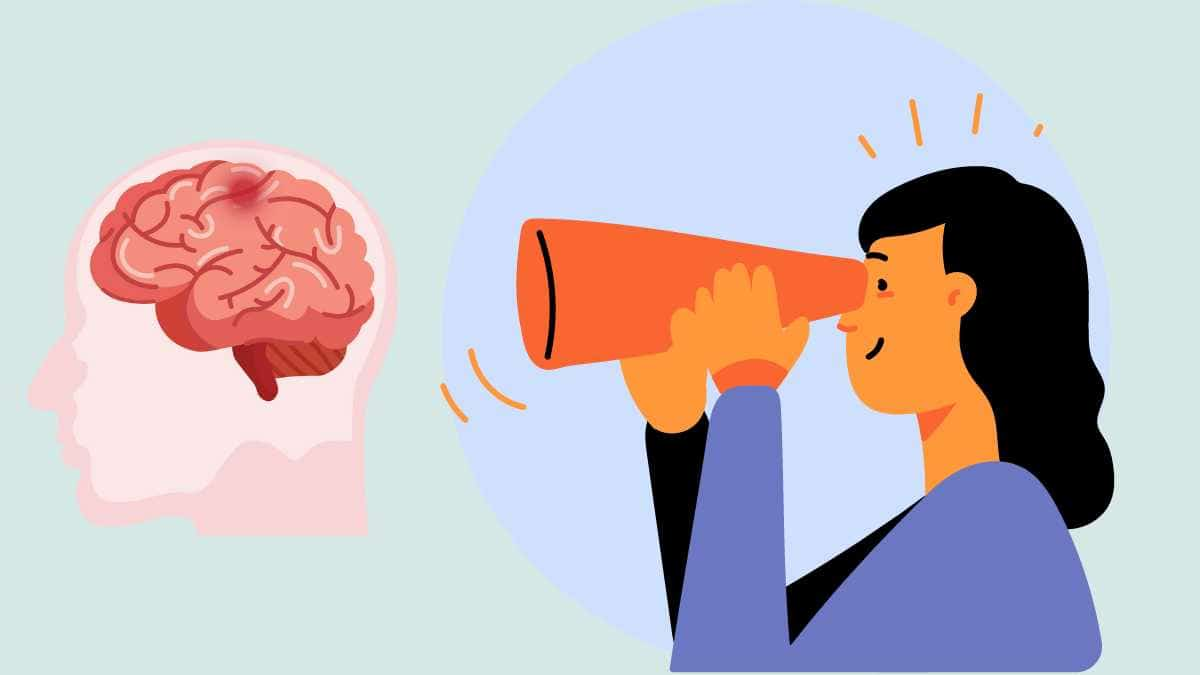Researchers at the Netherlands Institute for Neuroscience discovered that the superior colliculus, a brain area preserved through evolution, is more important for vision than previously thought.
Upon visual inspection, an object can be readily differentiated from the surrounding context. Despite the apparent simplicity of this, the manner in which our brain achieves it remains quite complex.
It has long been known that a brain area called the visual cortex is involved in the process. Yet there are animals in which this area is much less developed than ours or does not exist at all.
Given the dense background, how do these animals perceive approaching prey or predators? Could an additional factor potentially be in play?
Ancient Visual System
Visual information is transmitted not only from the retina to the visual cortex, but also in part to the superior colliculus. This is the ancient visual system that is shared by all vertebrate classes, including birds, mammals, amphibians, and fish.
The relative size of this structure varies considerably between organisms, despite the fact that it has been astonishingly preserved throughout evolution. In contrast with humans, where it is a mere pea hidden away in gray matter, the superior colliculus is comparatively large in fish and birds.
To find out exactly what the superior colliculus does, Leonie Cazemier and her colleagues from Alexander Heimel’s and Pieter Roelfsema’s groups studied mice and their ability to distinguish objects from the background.
Parallel Visual Pathways
The mouse is an interesting model because, like humans, its brain has two parallel pathways: the visual cortex and the superior colliculus.
The mice were trained to distinguish figures from a background, which appeared on the left or right side of the image. By licking either left or right, the mice reported on which side the image had appeared.
“Previous research already showed that a mouse can still complete the task if you turn off its visual cortex, which suggests that there is a parallel pathway for visual object detection. In this study, we switched off the superior colliculus using optogenetics to see what effect that would have,”
Heimel explained.
Contrary to the previous study, the mice became worse at detecting the object, indicating that the superior colliculus plays an important role during this process.
The team’s measurements also showed that information about the visual task is present in the superior colliculus, and that this information is less present the moment a mouse makes a mistake. So, its performance in the task correlates with what they were measuring.
Two Systems in Humans
Exactly how this operates in humans remains unclear. Despite the fact that humans also possess two parallel systems, the visual cortex is considerably more developed.
“The superior colliculus may therefore play a less important role in humans. It is known that the moment someone starts waving, the superior colliculus directs your gaze there,”
Heimel added.
It is also worth noting that people who are blind due to a double lesion in the visual cortex do not see anything consciously but can often navigate and avoid objects.
“Our research shows that the superior colliculus might be responsible for this and may therefore be doing more than we thought,”
Concludes Heimel.
Abstract
Object detection is an essential function of the visual system. Although the visual cortex plays an important role in object detection, the superior colliculus can support detection when the visual cortex is ablated or silenced. Moreover, it has been shown that superficial layers of mouse SC (sSC) encode visual features of complex objects, and that this code is not inherited from the primary visual cortex. This suggests that mouse sSC may provide a significant contribution to complex object vision. Here, we use optogenetics to show that mouse sSC is involved in figure detection based on differences in figure contrast, orientation, and phase. Additionally, our neural recordings show that in mouse sSC, image elements that belong to a figure elicit stronger activity than those same elements when they are part of the background. The discriminability of this neural code is higher for correct trials than for incorrect trials. Our results provide new insight into the behavioral relevance of the visual processing that takes place in sSC.
Reference:
- J Leonie Cazemier, Robin Haak, TK Loan Tran, Ann TY Hsu, Medina Husic, Brandon D Peri. Lisa Kirchberger, Matthew W Self, Pieter Roelfsema, J Alexander Heimel (2024) Involvement of superior colliculus in complex figure detection of mice. ELife 13:e83708.
